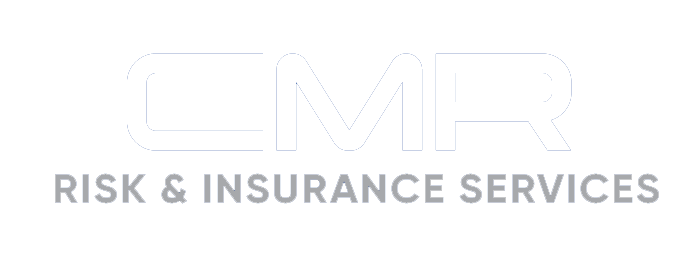National Census Shows Construction Industry Had Most Fatalities Among All Sectors in 2023

The U.S. Department of Labor Bureau of Labor Statistics recently released information from its National Census of Fatal Occupational Injuries for 2023. Overall, there were 5,283 fatal work injuries in the United States, with a fatal work injury rate of 3.5 fatalities per 100,00 full-time equivalent workers. The data also showed that the construction industry had the most fatalities (1,075) among all sectors. That figure was the highest for the construction sector since 2011. The census also reported that construction was the private sector with the highest number of fatalities for Hispanic or Latino workers. Other data from the census included the following:
- Fatalities from falls, slips and trips (421) accounted for 39.2% of all construction fatalities.
- There were 260 fatal falls (64.4%) within construction that occurred from a height between 6 and 30 feet, and 67 fatal falls occurred from a height of more than 30 feet. Additionally, portable ladders and stairs were the primary source of 109 fatalities in construction.
- There were 240 fatalities in the construction industry from transportation incidents.
- Exposure to harmful substances and environments accounted for 200 fatalities in the construction sector.
- Contact incidents resulted in 148 fatalities in construction.
- There were 46 fatalities that stemmed from violent acts in the construction industry.
- The construction industry saw 17 fatalities caused by explosions and fires.
Tips to Address These Exposures
Construction industry leaders can implement measures to address the risks that lead to fatalities and improve the safety of their worksites. Exposures and strategies to consider include:
- Trips, slips and falls—Ensure work areas are free from tripping hazards (e.g., cords, tools, uneven floors) and that spills are immediately cleaned. Signage, proper footwear, handrails on stairs and proper lighting can also improve safety. When working at height, all OSHA regulations must be followed, and personal protective equipment (PPE), as well as guardrails, should be utilized. Employees should also be trained on how to safely use portable ladders and stairs (e.g., avoid overhead electrical hazards, inspect the portable ladders and stairs before use, only use them on stable surfaces and according to their manufacturer’s instructions).
- Transportation incidents—Thoroughly vetting and training drivers can reduce accidents. Additionally, vehicles should be well-maintained, driving conditions should be monitored, schedules should allow for breaks and drivers’ performances should be tracked. Distracted driving and driving under the influence should also be prohibited.
- Exposure to harmful chemicals—PPE and proper ventilation should be utilized around hazardous substances, and workers must follow their employers’ hazard communication policy. Employers should provide robust training on properly working with harmful chemicals, recognizing when environments become dangerous and adequately washing up after working with chemicals.
- Violent acts—Enhancing security and conducting background checks before hiring employees can help prevent violent acts at work. Employees should also have resources available to discuss issues and be trained on how to spot warning signs. A healthy work environment with anti-harassment policies and effective communication channels can also mitigate the risk of violent acts occurring.
- Contact incidents—Wearing proper PPE (e.g., head protection) and ensuring tools are tethered to workers’ belts, workers maintain a safe distance from live wires and lockout/tagout procedures are followed can help reduce the risk of contact incidents that occur with hazardous objects or equipment. It’s also important to implement proper machine guarding and train workers to follow signs and signals, remain alert and not stand under suspended loads. Traffic control plans and devices (e.g., cones, barrels) that allow vehicles to safely move through a work zone should also be in place.
Following these precautions can help keep employees safe and reduce worksite accidents. Contact us today for more information.
Article Published By: Zywave, Inc.
